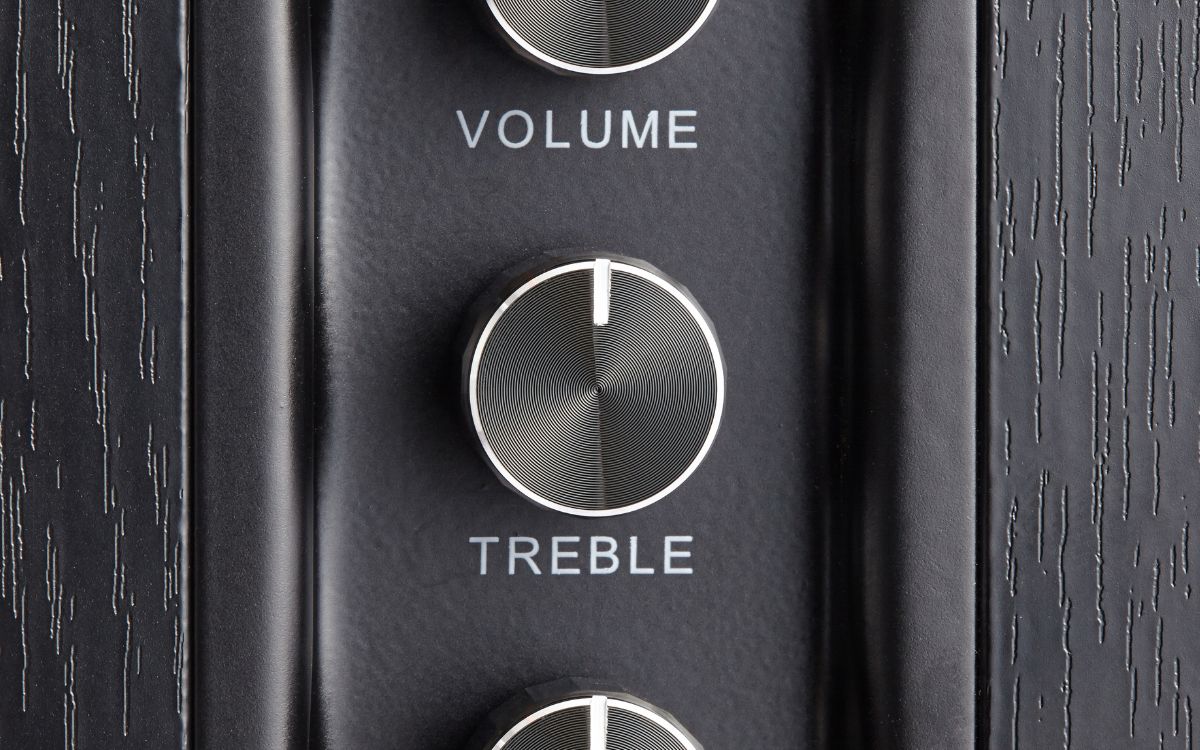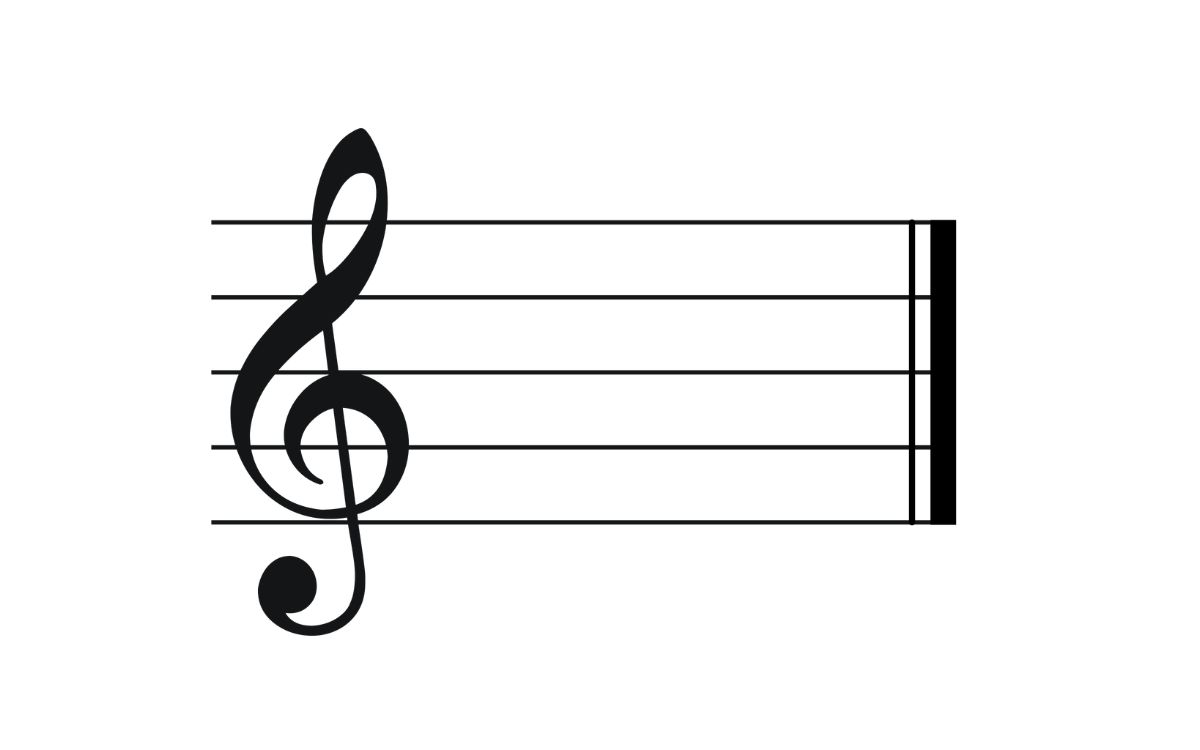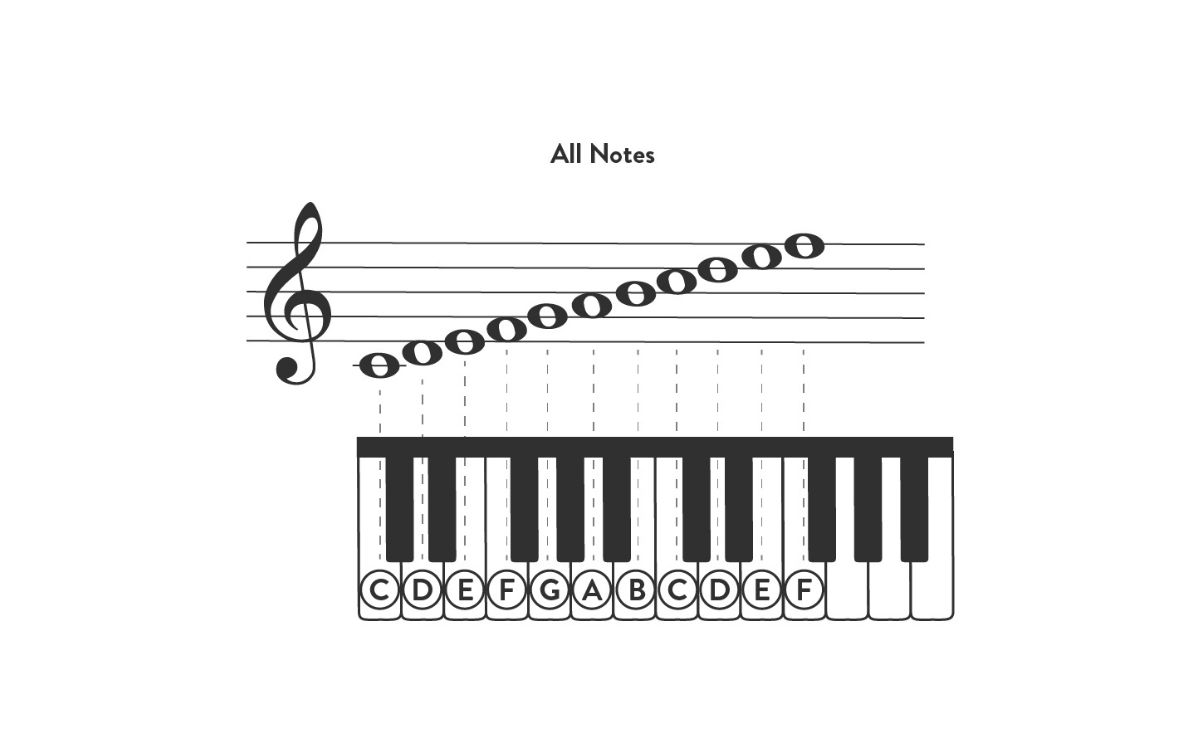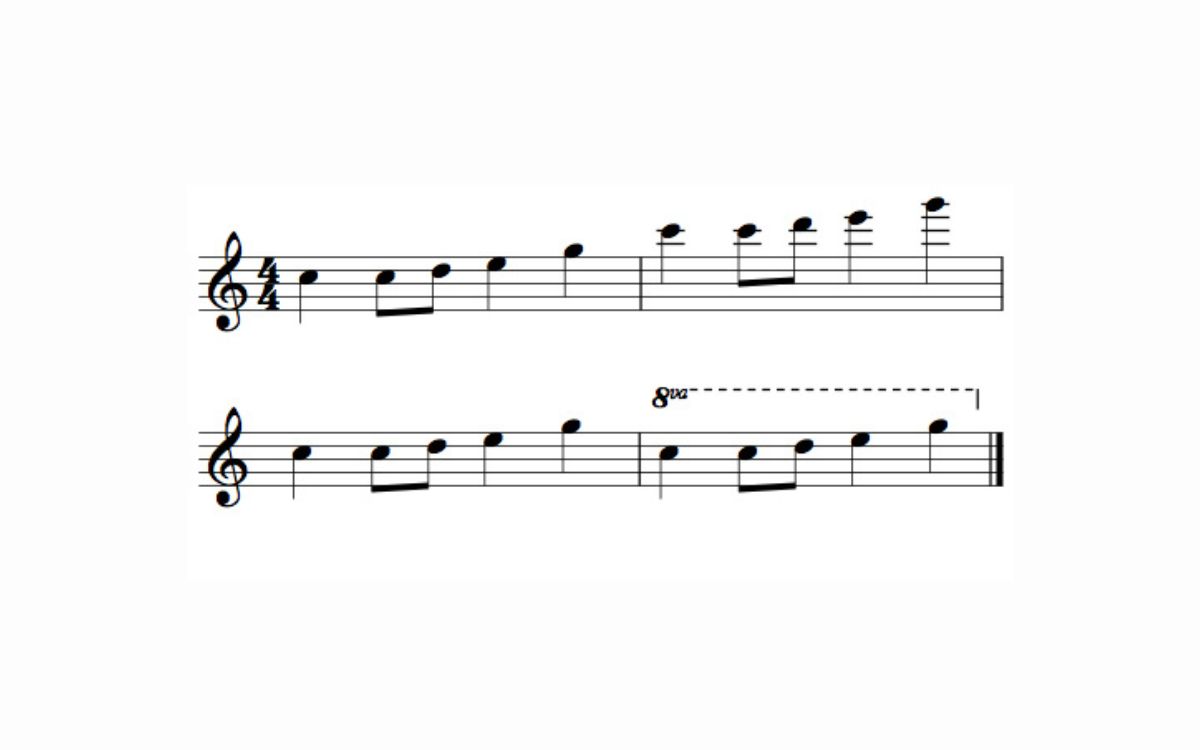Home>Production & Technology>Treble>What Does Mid And Treble Do
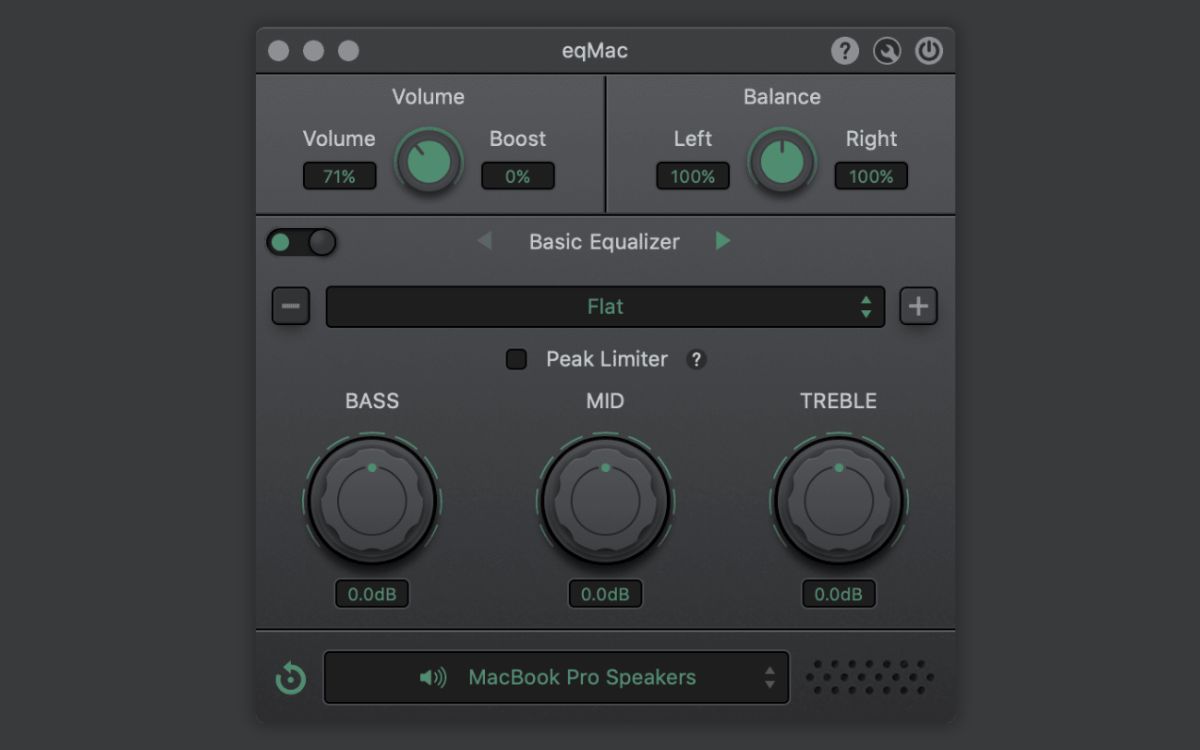

Treble
What Does Mid And Treble Do
Published: November 27, 2023
Learn the role of treble in audio systems and how it affects the sound quality. Understand how to adjust mid and treble settings for optimal audio performance.
(Many of the links in this article redirect to a specific reviewed product. Your purchase of these products through affiliate links helps to generate commission for AudioLover.com, at no extra cost. Learn more)
Table of Contents
Introduction
When it comes to audio quality, we often hear terms like “mid” and “treble” being thrown around. But what do these terms actually mean? And how do they affect the sound we hear?
The midrange and treble are two crucial components of audio reproduction. Understanding what they do and how they contribute to the overall sound is essential for both audio enthusiasts and casual listeners. In this article, we will dive into the world of the midrange and treble, exploring their roles, characteristics, and impact on our listening experience.
The midrange is the frequency range where most of the important elements of a sound source are reproduced. It is the heart of the audio spectrum and is responsible for conveying the warmth, richness, and presence in our favorite music or movies. By focusing on this frequency range, we can hear the intricate details of vocals, guitars, and other instruments that give life to the sound.
Treble, on the other hand, refers to the higher frequencies in the audio spectrum. It provides the sparkle, brightness, and clarity in the overall sound. The treble range is where we hear the crispness of cymbals, the shimmer of a piano, or the delicate nuances of a singer’s voice. It adds depth and dimension to the music, enhancing the overall listening experience.
Now that we have a general understanding of the midrange and treble, let’s take a closer look at each one individually. We will explore their unique characteristics, functions, and their impact on audio quality.
Midrange
The midrange is the frequency range that lies between the bass and treble frequencies. It is the sweet spot of the audio spectrum, where the most important elements of a sound source reside. This range typically spans from around 300 Hz to 4 kHz, although the exact boundaries can vary depending on personal preferences and the audio equipment being used.
The midrange is where the majority of musical instruments, including vocals, guitars, pianos, and horns, are most prominently reproduced. It is the frequency range that gives a sound its warmth, body, and presence. When the midrange is well-balanced, it allows us to hear the subtle nuances and harmonics that bring music to life.
One of the key roles of the midrange is to ensure that vocals and other important instruments stand out in the mix. It provides clarity and intelligibility to the sound, allowing us to understand the lyrics and connect with the emotional nuances conveyed by the singer. A well-defined midrange ensures that instruments retain their natural timbre and tonal character, giving the music a more realistic and immersive feel.
In addition to enhancing the detail and presence of instruments, the midrange also plays a crucial role in creating a sense of depth and soundstage. It allows us to perceive the spatial positioning of various instruments and elements within the audio mix. When the midrange is well-reproduced, we can easily distinguish between different sound sources, placing them in their appropriate locations in the sonic landscape.
It is important to note that the midrange can also be a challenging frequency range to reproduce accurately. Poorly balanced midrange can result in a muddy or veiled sound, where instruments and vocals lack definition and clarity. This is why it is important to consider the quality of the audio equipment, such as speakers or headphones, to ensure a faithful reproduction of the midrange frequencies.
In summary, the midrange is the heart of the audio spectrum, where the most important elements of a sound source reside. It provides warmth, presence, and clarity to the music, enhancing the overall listening experience. A well-defined and balanced midrange allows us to hear the intricate details, timbre, and spatial positioning of instruments, creating a more immersive and realistic audio experience.
Treble
Treble refers to the higher frequencies in the audio spectrum, typically ranging from around 4 kHz to 20 kHz. It is responsible for adding brightness, sparkle, and clarity to the overall sound. The treble range captures the fine details and harmonics that bring depth and dimension to our favorite music.
One of the key functions of treble is to accentuate high-frequency elements in a sound source. For example, it enhances the crispness of cymbals, the resonance of a violin, or the shimmer of a piano. These higher frequencies contribute to the overall texture and character of the music, allowing us to hear the intricate details that make a recording come alive.
Treble also plays a crucial role in creating a sense of airiness and spaciousness in the audio mix. It adds a sense of depth and separation between different instruments and sound elements, enhancing the overall soundstage. By accurately reproducing the treble frequencies, we can experience a more immersive and realistic listening experience.
When the treble is well-balanced, it can contribute to the overall tonal accuracy of the sound. It ensures that instruments and vocals maintain their natural timbre and tonal characteristics. However, if the treble is overly emphasized or too harsh, it can lead to ear fatigue and a sibilant, piercing sound. On the other hand, if the treble is lacking in presence, the sound can become dull and lifeless.
It is important to note that the perception of treble can vary depending on individual preferences and listening environments. Some listeners may prefer a brighter sound with enhanced treble, while others may prefer a more neutral or warmer sound signature. Ultimately, finding the right balance is a matter of personal preference and the type of music being enjoyed.
When it comes to audio equipment, such as speakers or headphones, it is essential to consider the quality of treble reproduction. Well-designed and high-quality audio gear will accurately reproduce treble frequencies, ensuring a detailed and clear sound. Conversely, poor treble reproduction can result in a harsh, overly bright, or muffled sound.
In summary, treble is the high-frequency range of the audio spectrum that adds brightness, sparkle, and clarity to the overall sound. It enhances the fine details and harmonics in a sound source, contributing to a more immersive and realistic listening experience. Well-balanced treble reproduction ensures accurate tonal representation and a sense of airiness in the audio mix.
Conclusion
The midrange and treble are vital components of audio reproduction, each playing a distinctive role in shaping the sound we hear. The midrange, as the heart of the audio spectrum, delivers warmth, presence, and clarity, allowing us to connect with the vocals and instruments in our favorite music. On the other hand, treble adds brightness, sparkle, and clarity, accentuating the fine details and harmonics that bring depth and dimension to the overall sound.
Having a well-balanced and accurately reproduced midrange and treble is essential for a satisfying listening experience. A properly tuned audio system or high-quality headphones can ensure that these frequencies are faithfully reproduced, allowing us to hear the subtle nuances, tonal characteristics, and spatial positioning of instruments.
It’s important to remember that personal preferences and the type of music being enjoyed will influence how we perceive the midrange and treble. Some listeners may prefer a warmer, laid-back sound, while others may enjoy a brighter, more forward presentation. There is no right or wrong answer when it comes to audio preferences, and it’s all about finding the balance and signature that suits your taste.
In conclusion, understanding the role of the midrange and treble in audio reproduction helps us appreciate the intricacies of the music we love. By embracing the importance of these frequency ranges, we can make informed decisions when selecting audio equipment and settings, creating a more enjoyable and immersive listening experience.
Now that you have a better understanding of the midrange and treble, you can dive deeper into the world of audio and explore how these frequency ranges impact different genres of music, recordings, and audio setups. Happy listening!

